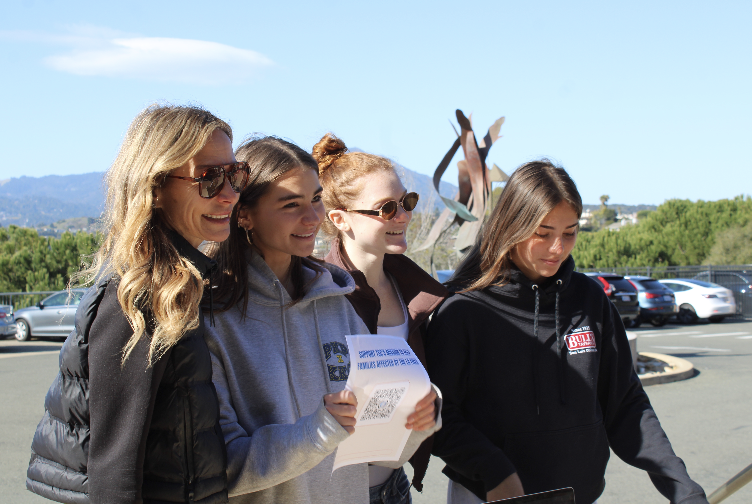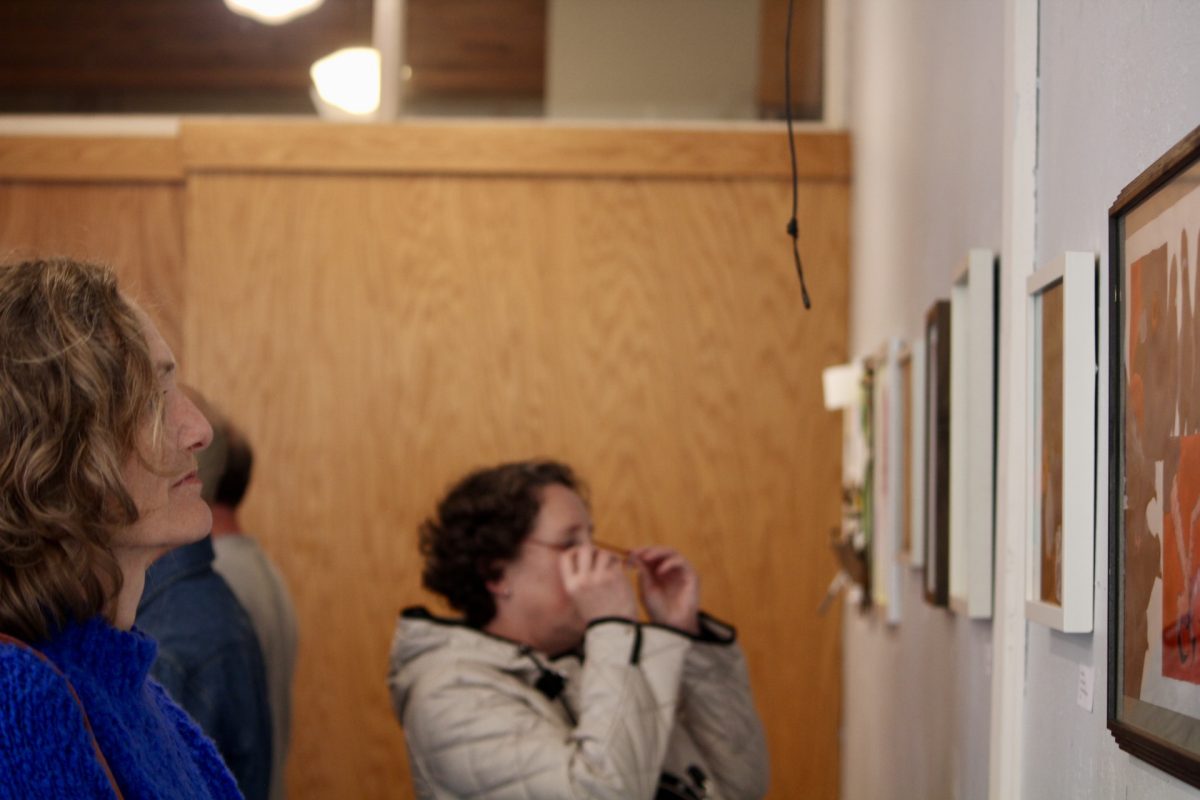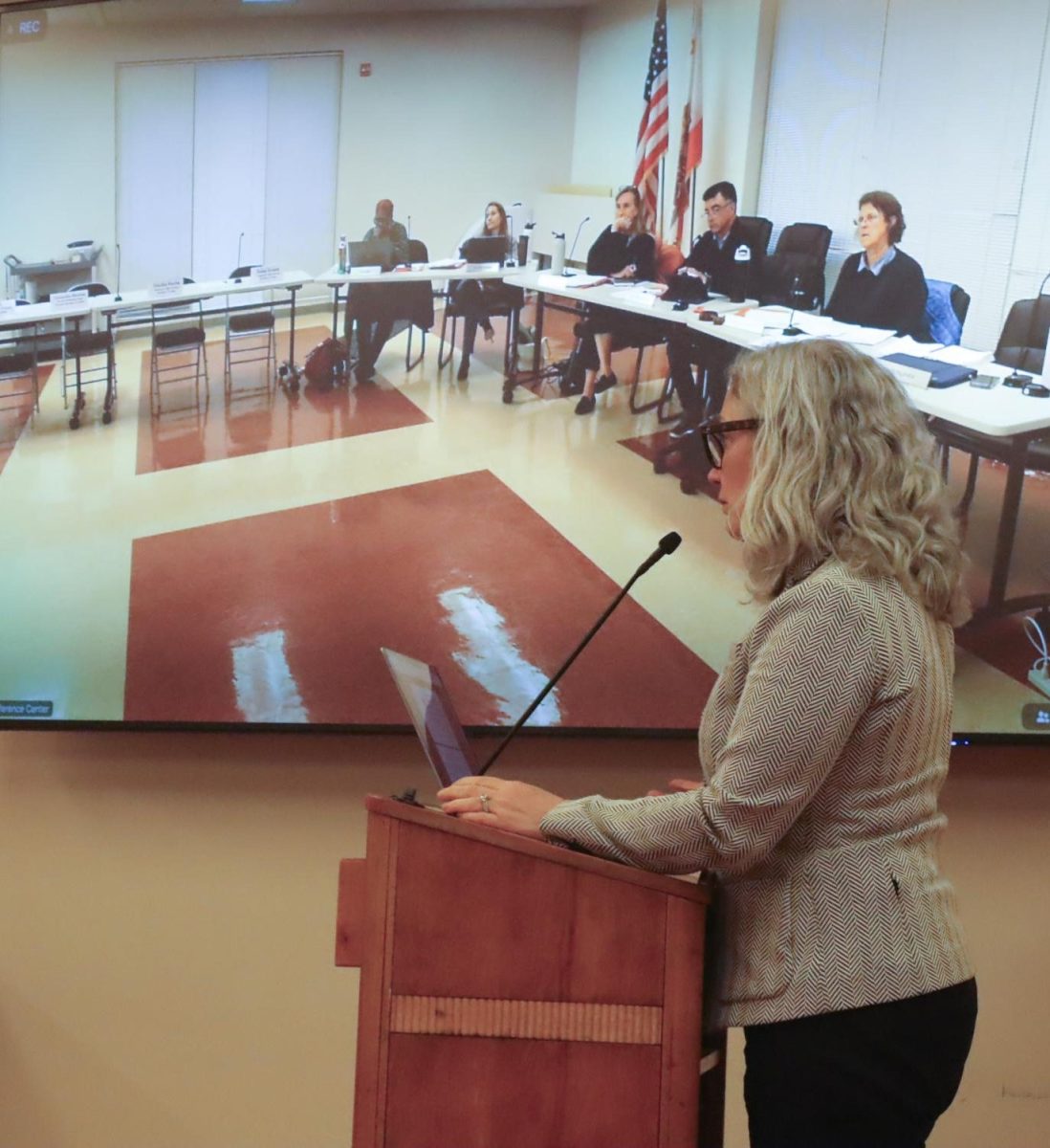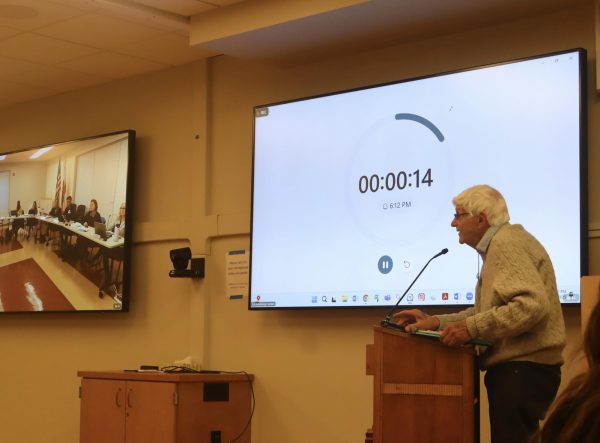As the district budget study committee continues to review finances for the future of the district, Superintendent David Yoshihara and his cabinet have proposed four possible courses of action that the district can take regarding wellness staffing for next year. Three of the plans involve cuts to staffing while the fourth recommends no budgetary change to wellness programs.
The recommendations were made at an April 26 board meeting and are currently only proposals, but will be voted on as part of the official budgetary decision made in June.
The first proposal called for hiring staff according to the current wellness plans, which would mean maintaining all wellness staff at Redwood and continuing to expand to Tam and Drake. Another suggested instituting a “one year freeze on all hiring associated with wellness,” according to the meeting presentation. Other proposals called for a shift of wellness staff to other duties such as classified staff and counselors and the elimination of all staffing associated with wellness.

Wellness staffing currently costs the district $325,063 per year. Costs would rise to $801,016 by the 2017-2018 school year wellness programs at both Drake and Tam.
Discussion of wellness dominated the public comment session, with more than 40 people speaking up to voice support for wellness throughout the district. The public comment period was limited to 30 minutes in order to ensure the board had enough time to discuss the proposals, and many people still wished to speak when the public comment period ended.
“We are going to listen to what you have to say, but we need to accomplish our goals here too,” said TUHSD school board president Michael Futterman prior to public comment.
Members of the Drake wellness design team, supporters of the Redwood wellness program, as well as parents, students and other community members expressed concern that the board was considering cutting funding to wellness rather than other areas less essential for student wellbeing.
“It is vital that we meet the kids where they are, and [the wellness center] is where they are,” said Renee Goddard, a community parent and member of the Ross Valley Health Initiative.
Don Carney of the Marin Youth Court emphasized the large role schools play in student wellness.
“We need to share the responsibility. Parents are in denial [about their children’s health] and it’s very hard for a parent to identify that their child is in need,” he said.
Members of the Drake Wellness Design Team shared similar fears, saying that board members should put aside their “personal agendas” and think about what is best for students.
The board generally agreed that wellness is beneficial for students in the district, but was unsure of the limits that permanent wellness staff would place on the budget.
“The dilemma that we have is that if our budgetary estimates are incorrect, what do we do if we have permanent [wellness] employees?” Futterman said.
While almost all meeting attendees were in support of wellness, some had concern about the potential impact on funding for academic programs.
The board also discussed the other budget recommendations detailed in the budget study committee proposals on March 22, including the evaluation of the teacher leader program and the reinstatement of summer school.
Recommendations for the teacher leader program included determining if there is a less costly way to run the program, gathering feedback from staff about the effectiveness of the program and assessing the current configuration of the program while maintaining “teacher voice in instructional leadership,” according to the presentation.
The board was generally in favor of waiting to make final budgetary decisions until it could obtain more information about the effectiveness of teacher leader programs and statistics on the history of summer school in the TUHSD.
The next board meeting will occur today, where board members will discuss recommendations for staffing changes in all programs.






